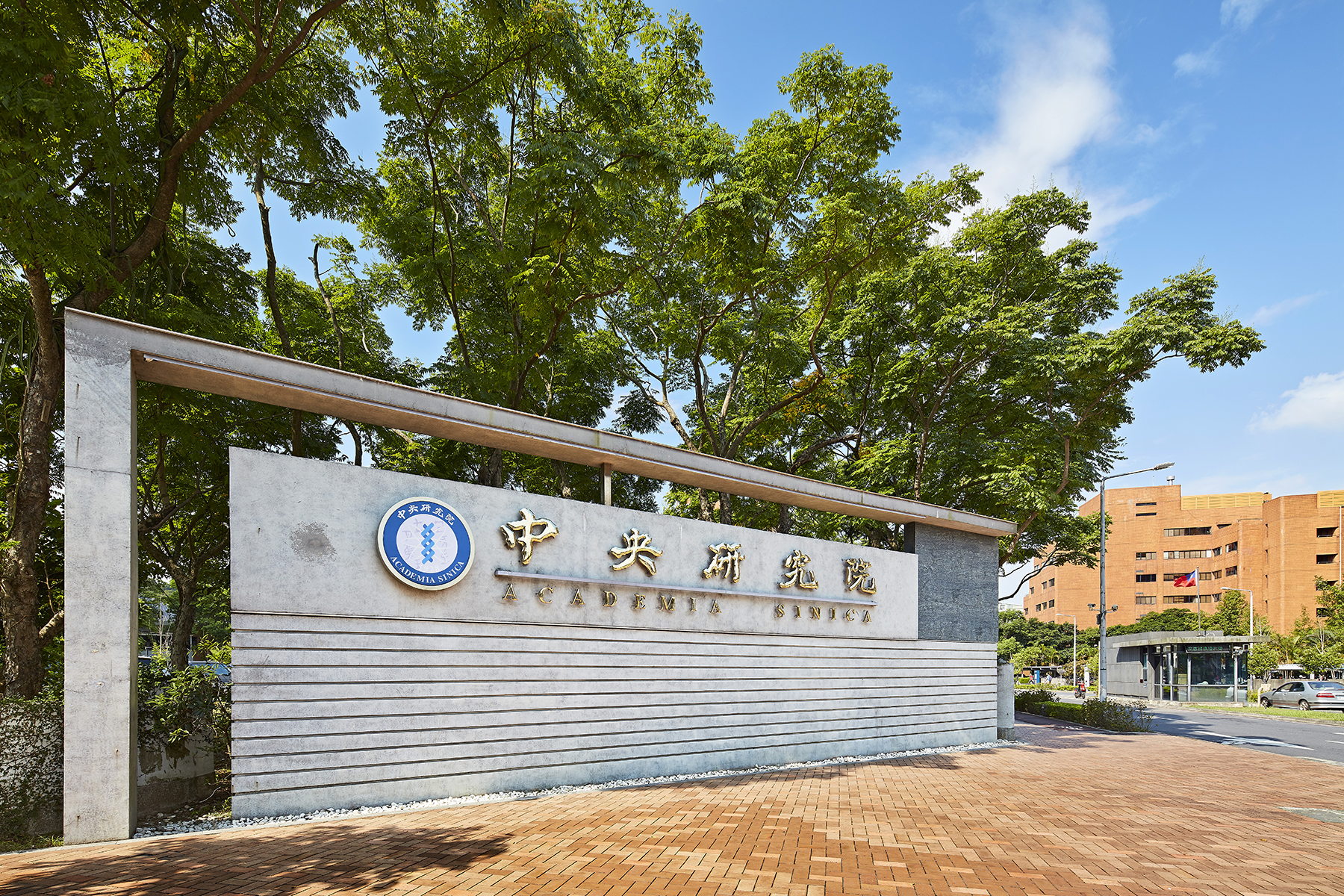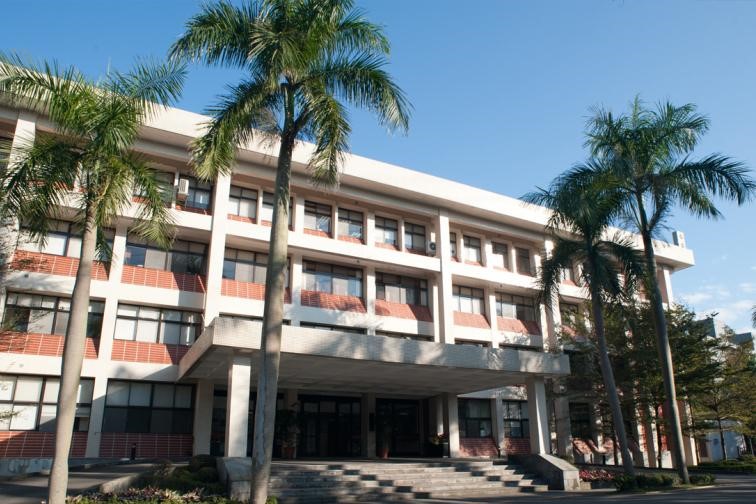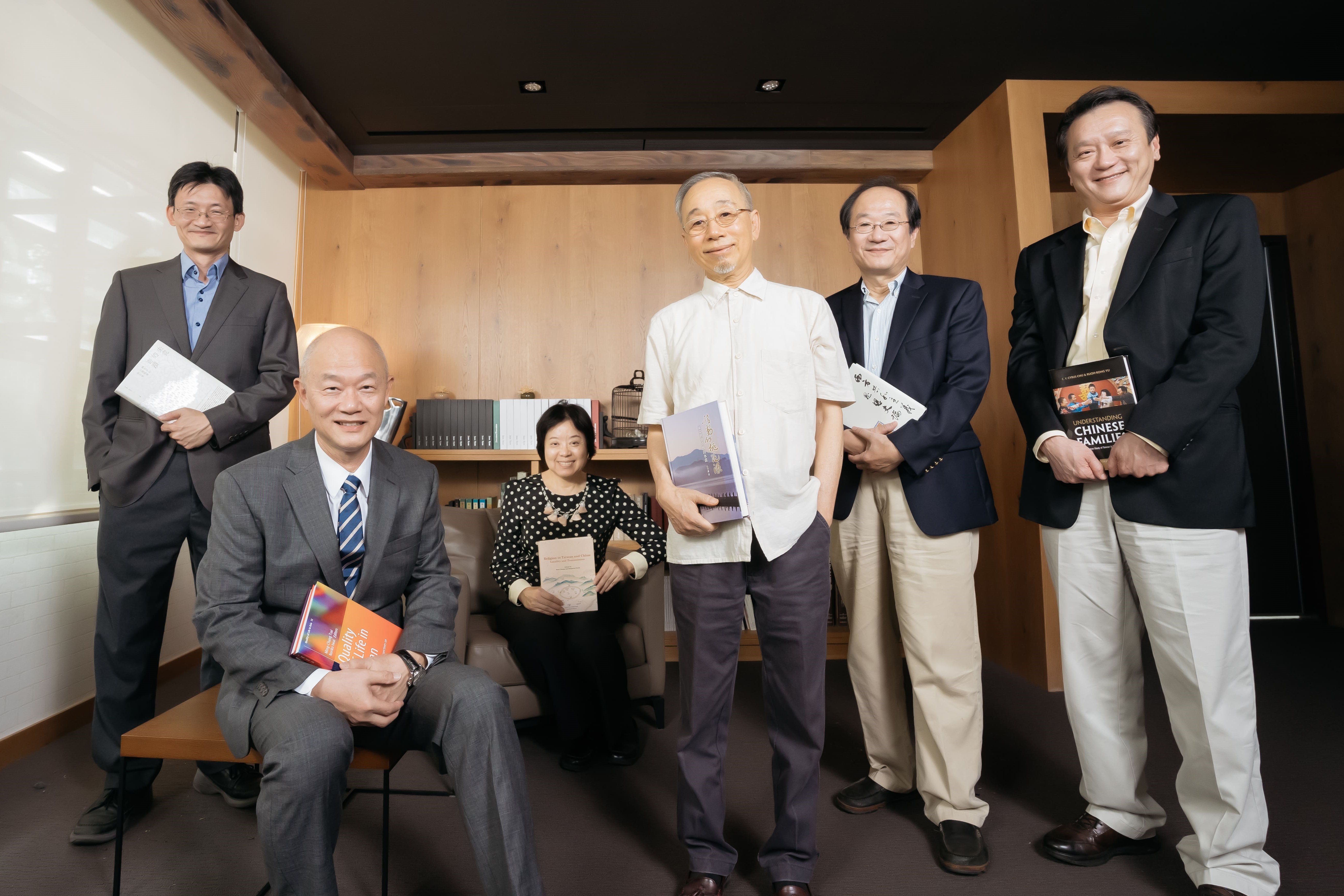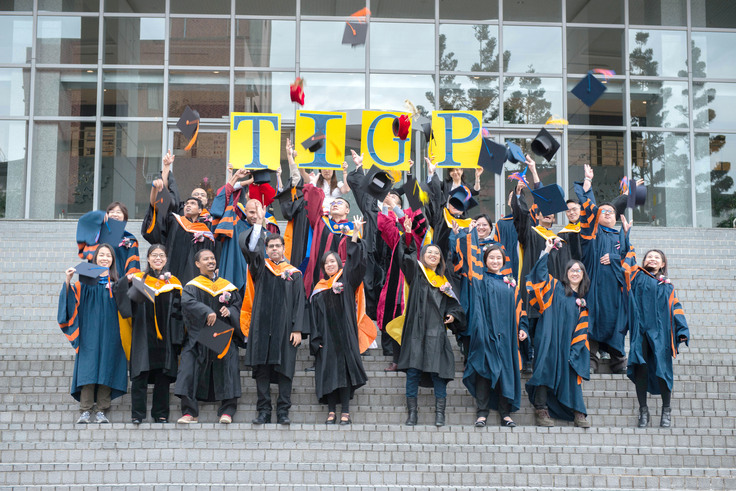Date: 2024-05-09
We are proud to announce the publication of Dimasa Language: Structure and Texts, by Dr. Jonathan P. Evans, Associate Research Fellow of Institute of Linguistics, Academia Sinica and Mr. Dhrubajit Langthasa.
This book presents a grammatical overview of Dimasa (known autonymically as Grao Dima /ɡɾawdima/; ISO 639-3), a Tibeto-Burman (Trans-Himalayan) language spoken mainly in Assam State, India. Dimasa is in the Bodo-Garo sub-branch of Tibeto-Burman and is spoken by about 110,000 speakers, most of whom are bilingual or trilingual in Bengali, English, and/or Assamese. Linguistic analysis is based upon the speech of Haflong, the town with the largest Dimasa-speaking population. Similar to other Bodo-Garo languages, Dimasa has seventeen consonants, with a two-way voicing contrast, and five vowels. Underlying word-initial consonant clusters can surface with an emergent vowel, yielding a sesquisyllabic structure. The variety of Dimasa spoken in Haflong does not yield convincing evidence for the existence of tones, although they have been noted in other descriptions of the language (Chapter 2). Chapter 3 describes the structure of nouns and noun phrases, including nominalizations. Noun phrases can be defined as those units that can be cliticized with a case marker. Like other Bodo-Garo languages, as well as those of the larger Sal group, counted nouns are formed by the sequence N CLF-NUM, an ordering that is rare among languages outside of this area. Dimasa verbs (Chapter 4) are highly agglutinating, with thirteen post-verb root suffix slots, up to three of which may be occupied in any given instance. Types of suffix include aspect-tense markers, directional and translocative markers, and fossilized serial verbs. Chapter 5 describes various aspects of discourse, such as topic marking and mirativity. The second part of the book contains twenty-one samples of natural language across a variety of genres, and includes samples of both oral and written language. Each text is introduced with an overview of the linguistic and cultural features displayed therein.
Please see the following link for full text download and further information: https://www.ling.sinica.edu.tw/item/en?act=publish_book&code=view&bookID=144











 Home
Home

